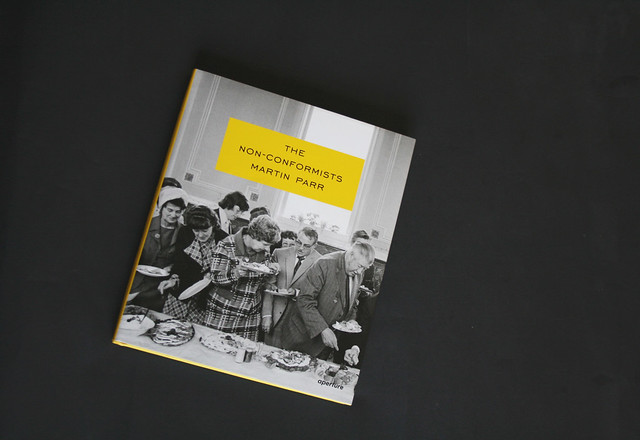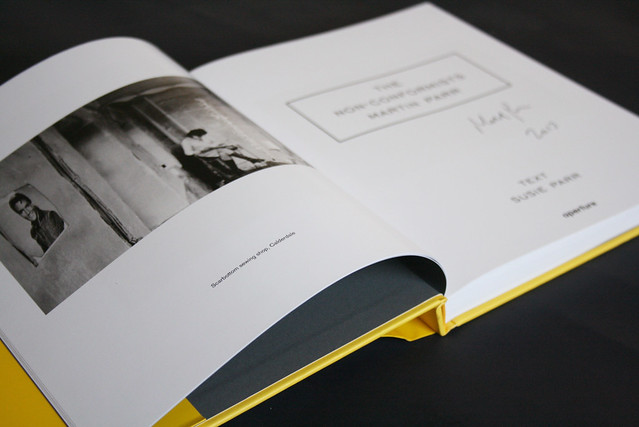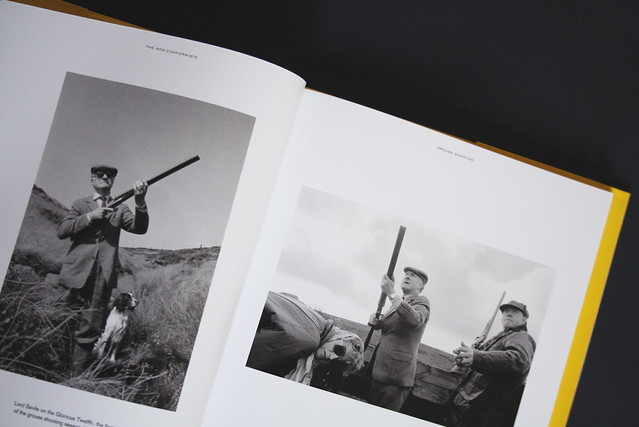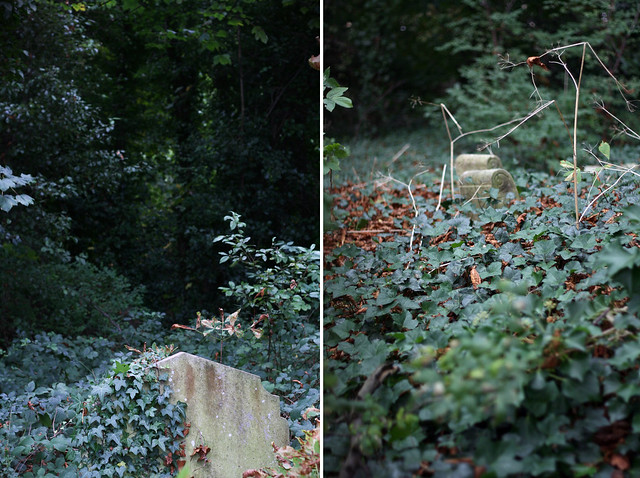
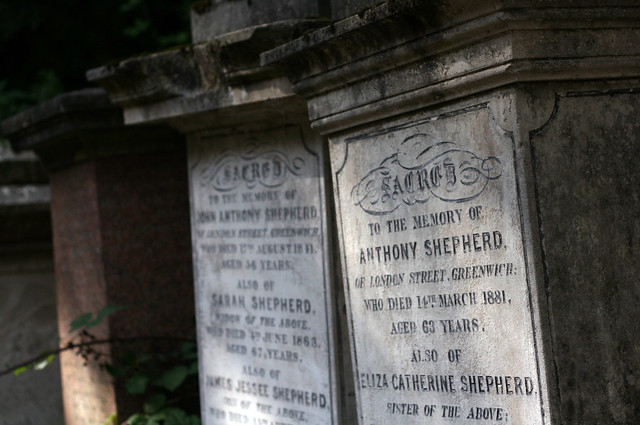

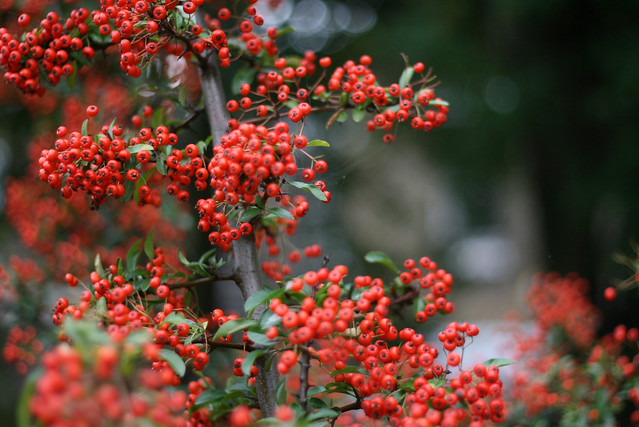
One of the first book projects I ever worked on was a huge bulky hardback (weighing in at an impressive 1kg, no less), featuring a profile of every single one of London's many cemeteries. It was an awful project (not least because my boss was sacked halfway through it) but I still remember it quite fondly as both one of the heaviest and the most interesting books I ever helped to publish. Now I'm in London, I can visit all of its cemeteries for myself.
This particular cemetery is Nunhead, an elegant wilderness half an hour's walk away from my little corner of south-east London. Unkempt overgrowth is not something you really associate with London, unless you count the sprawl of general cityness, but Nunhead is an urban sprawl of a different kind. Left to itself for most of the latter half of the 20th century, nature was allowed to take over for the following three decades: heavy headstones were overturned by tree roots, heartfelt inscriptions were left to fade and creeping ivy reduced even the grandest catacombs to rubble. The cemetery reopened in 2001, and is now available for wandering around in. It's a slightly off-kilter kind of a place, perfect for exploring.
I sometimes stumble around London and feel generally amazed at the spectacular show the Victorian era left for us to impress visiting tourists with – all we have to worry about is the upkeep, and the crowds just keep on coming. Nunhead is a Victorian wonder without the upkeep – a genuine, heartfelt and wonderful relic.

